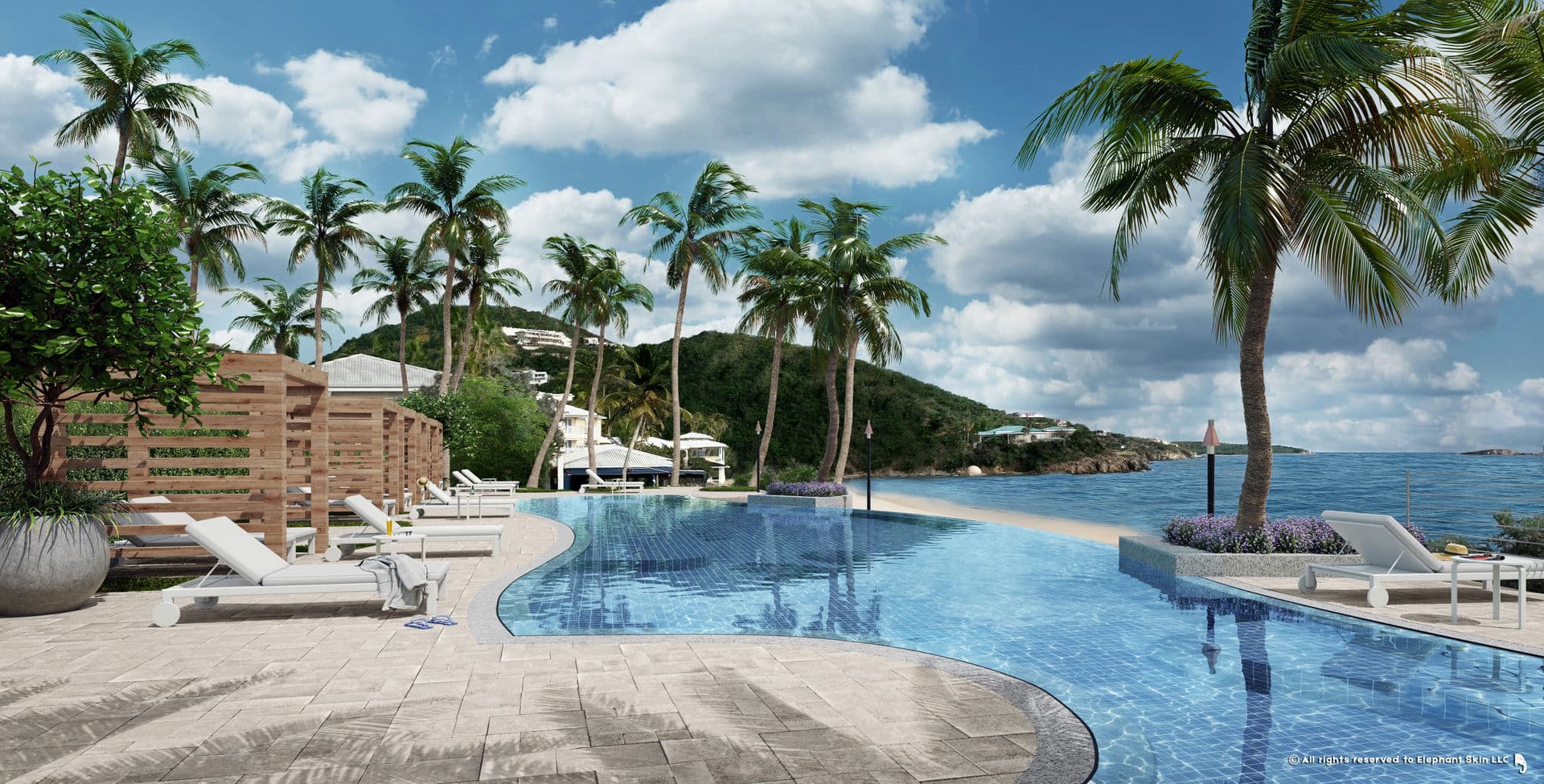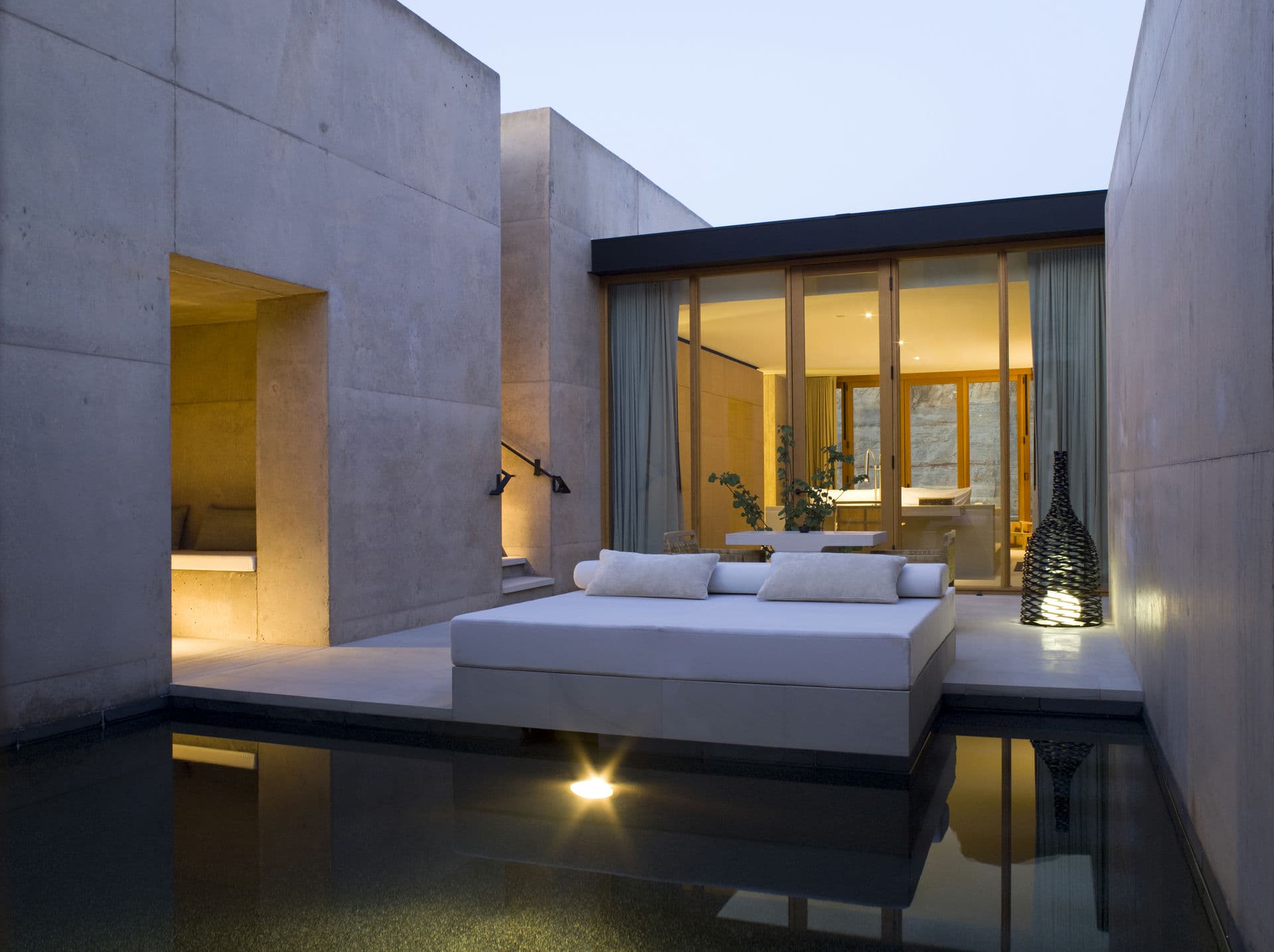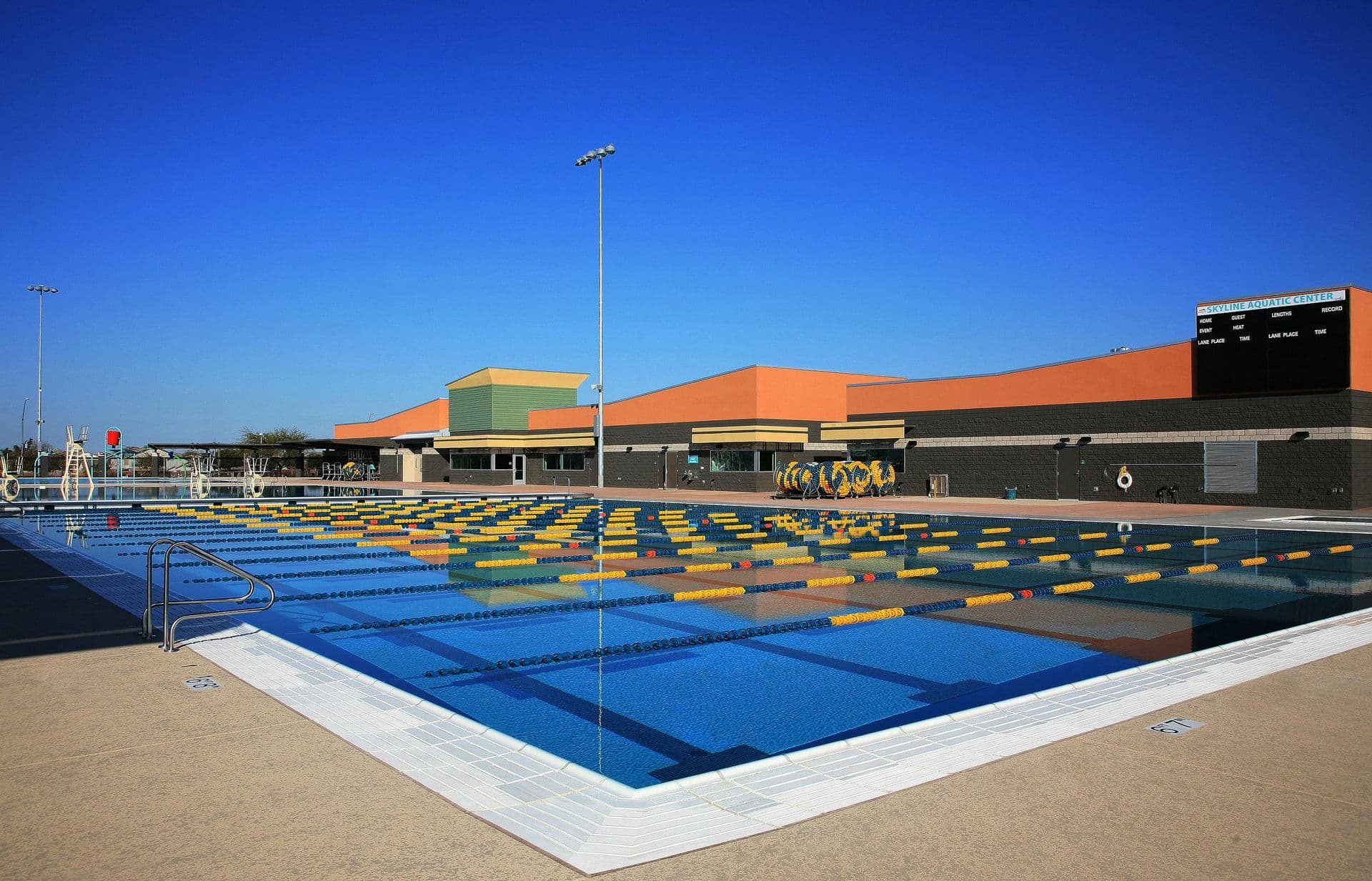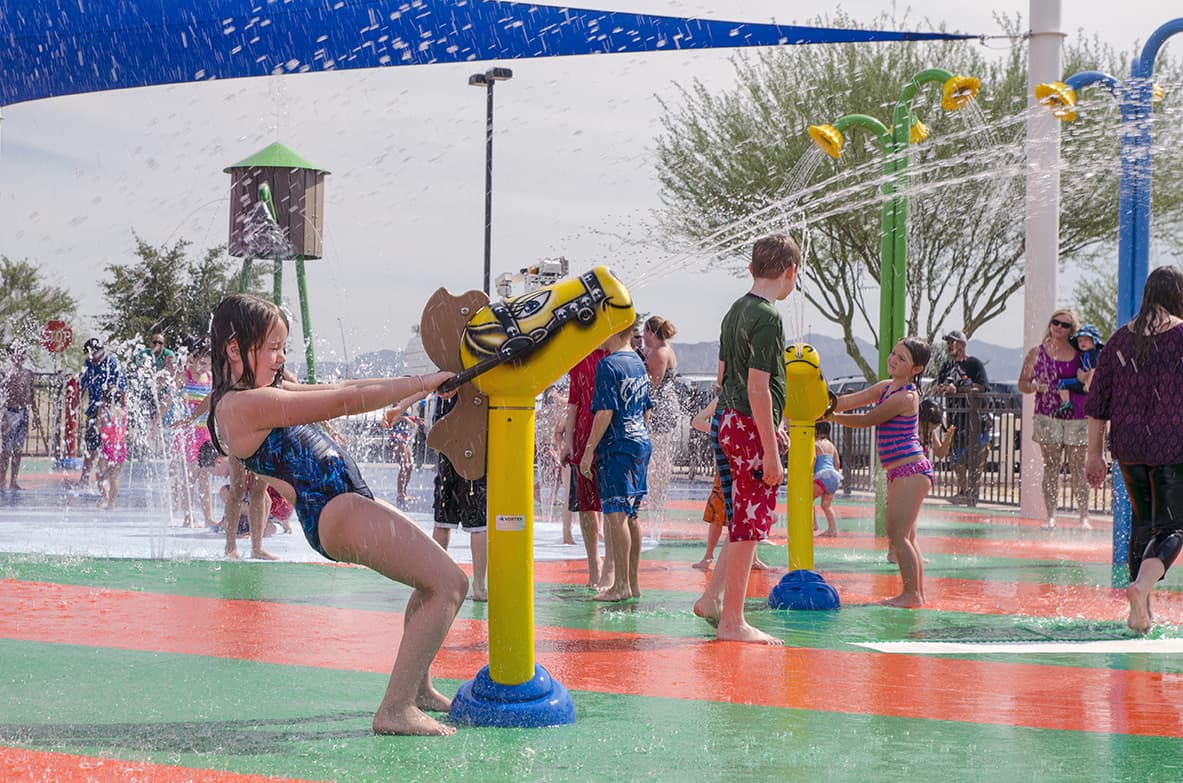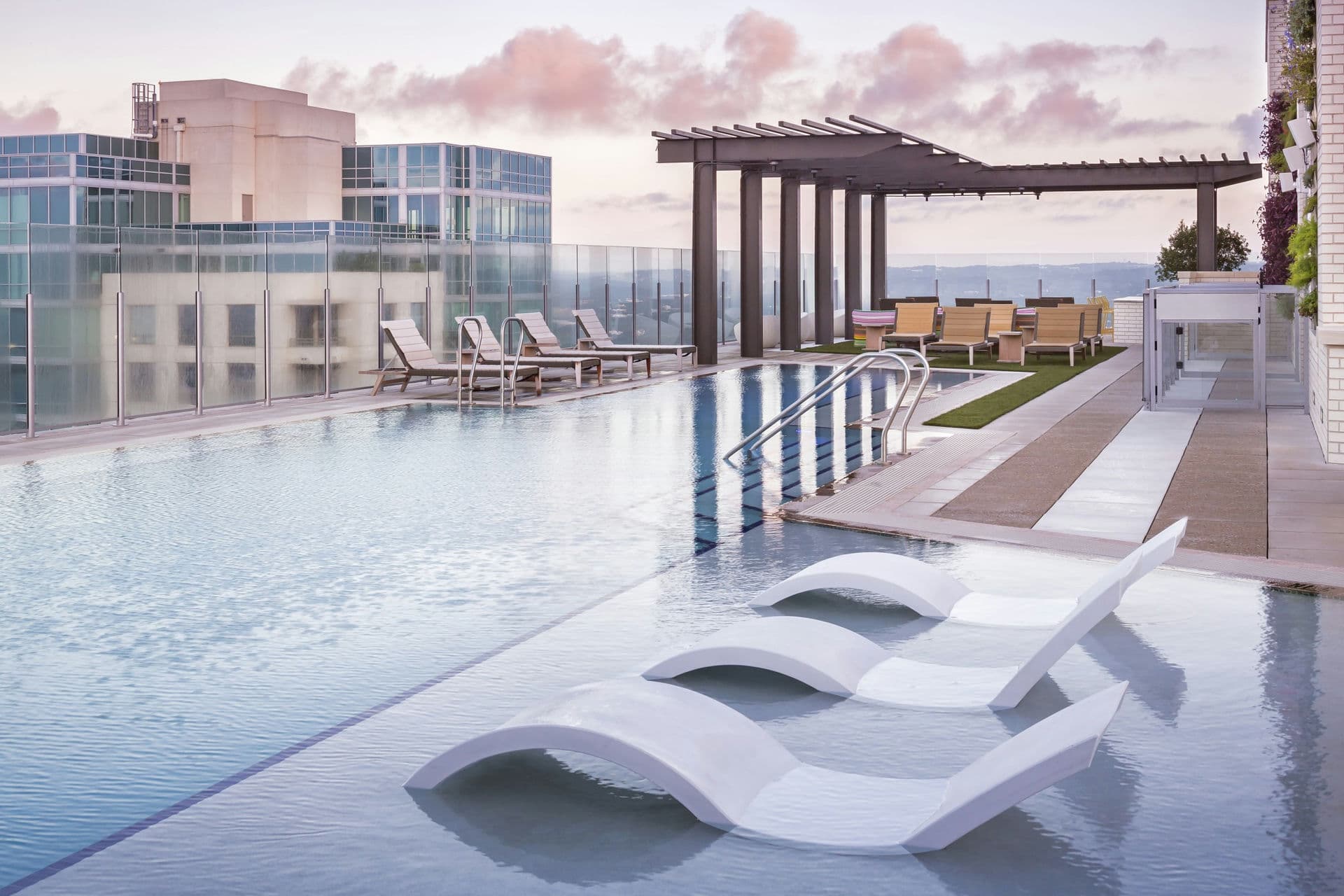
ADI Insights
Pool Construction Phases
Exploring the Phases of Pool Construction
The design of a pool can be a lengthy process. When every detail is perfect and you’ve approved the final design, the construction process can begin. The construction may take several months, depending on the scale of the project, its features, and any unexpected challenges that may arise. However, the construction of every pool will follow the same general process.
Excavation
The first step in the process is the excavation of the site (for those pools not on structure). The engineer will plan the excavation to suit the soil conditions. In some cases, the floor of the site may need to be excavated beyond the planned depth of the pool in order to account for settling and expansion. If this occurs, the floor will be filled with the ideal type of soil and compacted. In extreme circumstances anyone, or combination of, helical piers, piles and grade beams may be required.
Structural Steel Grid
A structural steel grid is then assembled onsite. The steel reinforcement lends greater strength to the pool. Since the steel “cage” is custom-built at the site, the engineer can adapt to the unique shape of the pool, if applicable.
Plumbing
Once the steel grid is in place, the plumbing technicians can get to work. Trenches will need to be excavated and shaded with sifted fill to house the pipes. The plumbing trades ensure that the correct size and type of pipes are used in accordance with the aquatic consultant’s design ensuring no water velocity exceed 8 fps on the suction-side of the system and 6 fps on the pressure-side.
Electrical
Parts of the electrical phase may actually be interwoven throughout other phases, depending on the demands of the particular project. An electrical engineer will ensure that all electrical components are safely wired according to code. All circuits will be bonded to an equipotential bonding grid for extra protection and in accordance with the National Electric Code.
Concrete or Shotcrete
The next phase of pool construction may involve the use of poured concrete, shotcrete, or gunite. Concrete that is poured in place requires the placement of forms to enable the concrete to maintain the desired shape while it hardens and cures. Shotcrete also uses concrete, but the application method is different. It involves spraying a wet-mix concrete out of a pneumatic hose. Gunite is applied in a similar fashion but as a dry-mix that is mixed with water at the nozzle. Gunite is typically recommended in lieu of shotcrete if the batch plant is located more than a 45-minute drive from the job site. For best results, it’s important to have an American Concrete Institute (ACI) Certified Nozzleman present for the shotcrete phase as well as an inspector monitoring the vertical placement of the concrete.
When you partner with Aqua Design International to build your world-class pool, you will be fully informed of each phase of the process. Our team is comprised of expert aquatic designers carrying professional registrations who understand the intricacies of designing and building a pool on-time and within budget. If you have any questions about the construction of your pool, you can reach us at our corporate headquarters in Tucson at (520) 219 8929.
Subscribe to our Newsletter
Subscribe to our newsletter to receive the latest insights.



